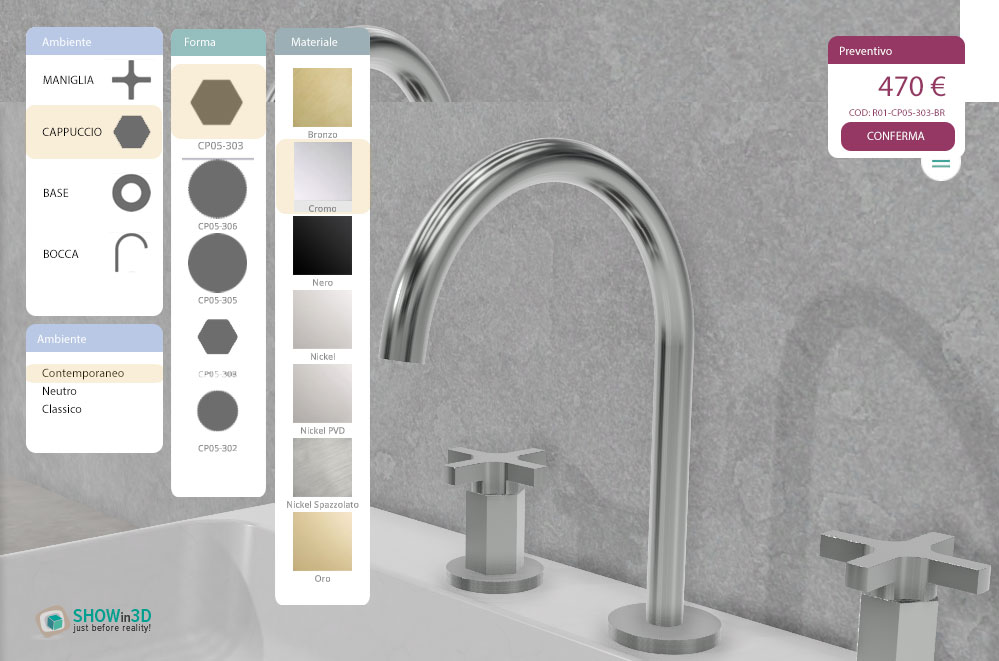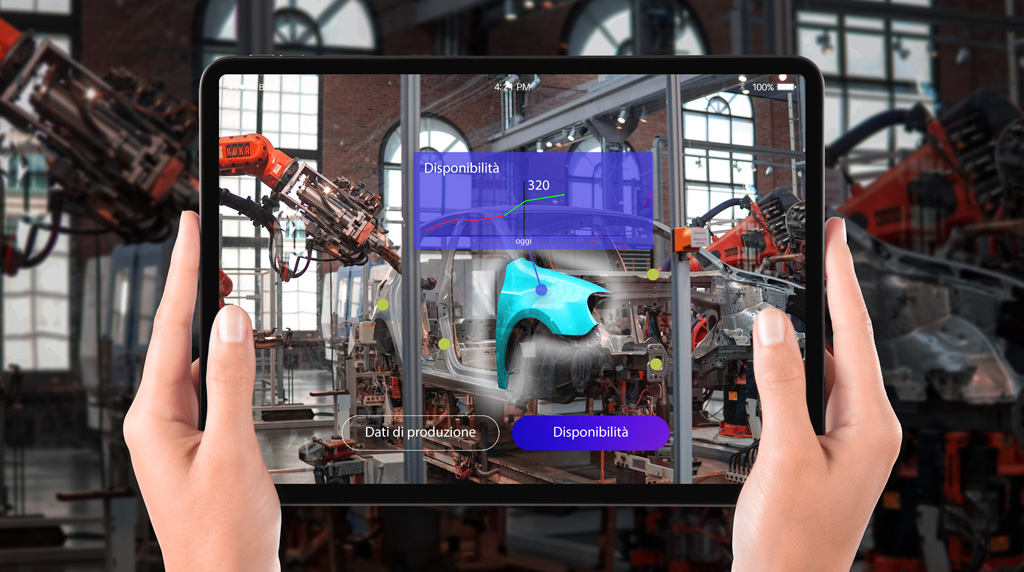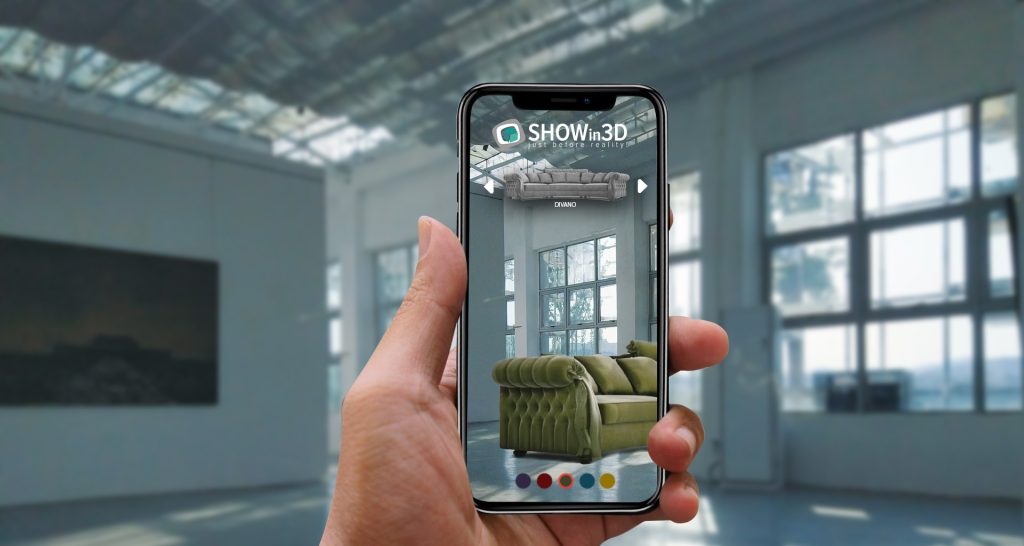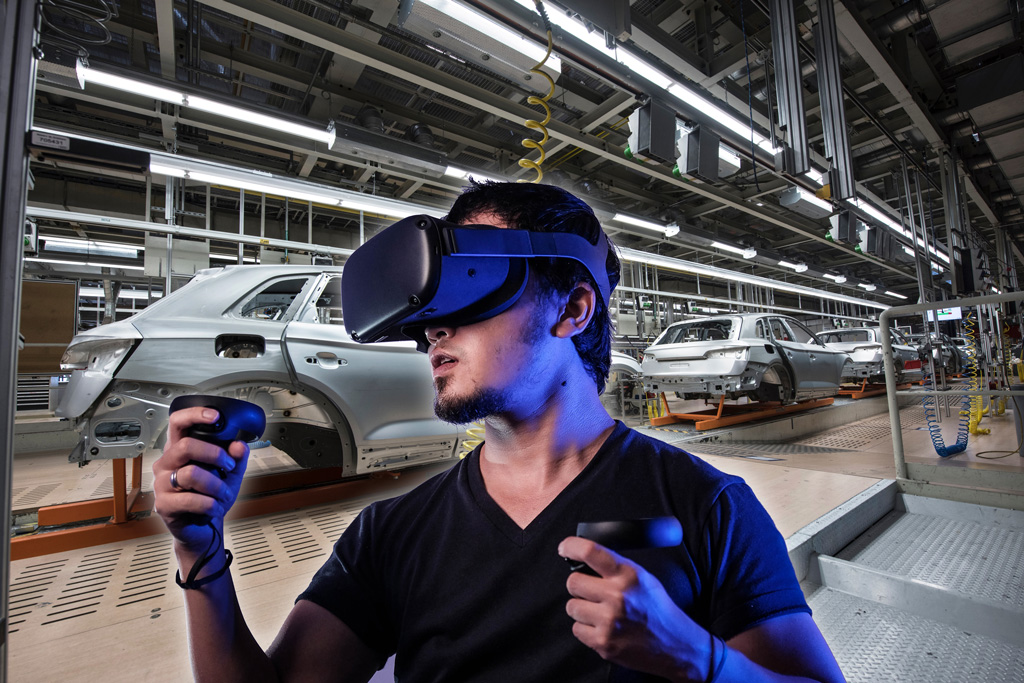Overcoming quoting issues Easy quotes with 3D CPQ configurator CPQ stands for Configure, Price, Quote, the process by which a...
- 3D Technology
- Applications
-
Projects
-
-
Fashion - Zegna X Project
Automotive - UP Design Project
- PEI Mobility Project
-
Machinery - Breton Project
Manufacturing - Sipro Project
-
Furniture - Stella Project
-
- The Company
- Blog
- Contacts
Rendering without waiting
Real-time 3D rendering advantages over precomputed (offline) rendering
Real-time 3D is a complex and multifaceted concept mainly related to computer graphics and interactive multimedia content. In a broader sense, it refers to the real-time rendering of three-dimensional objects and environments on a computer screen.
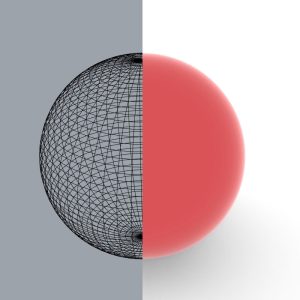
These objects and environments are composed of polygons, often in the form of triangles, which are processed by the computer’s graphics processing unit (GPU) to create the illusion of depth and perspective. Each polygon is textured, lit, and shaded to provide a sense of realism.
Real-time in 3D
The term “real-time” is used to indicate that these processes occur almost instantaneously, allowing the user to interact with the 3D environment without perceivable delay. This concept is vital in many digital areas, including video games, virtual and augmented reality, simulation, and other interactive applications.
Real-time in 3D
Offline rendering

PROS
- Highest quality photorealism
- Any size
CONS
- Long execution times
- Static image
- No interactivity
Real-time rendering

PROS
- Immediate execution times
- Dynamic image
- Interaction
- On-the-fly feature manipulation
CONS
- Necessary hardware resources
- In some cases, less photorealism
- Screen sizes up to 4K
Unique visual experience
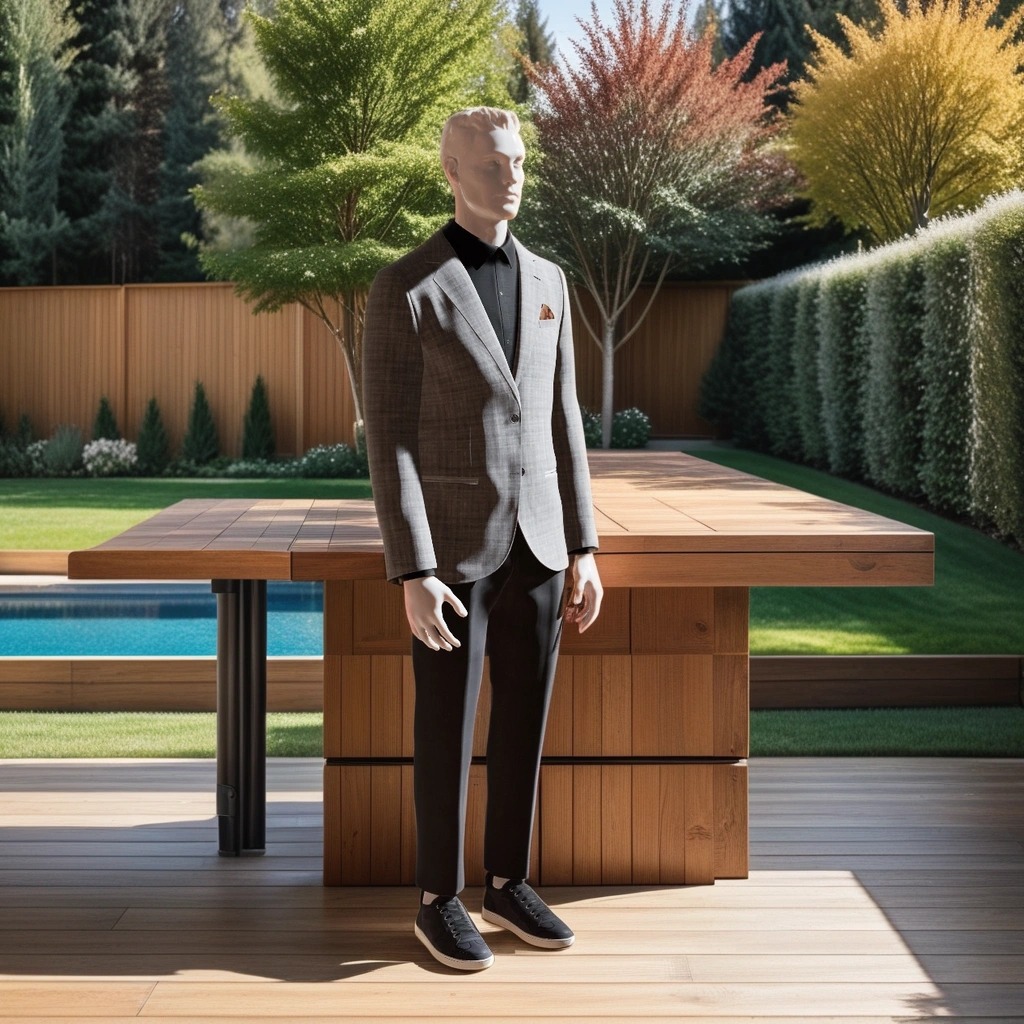
Real-time rendering allows users to manipulate cinematographic, 3D, augmented reality, or virtual reality in such a way that the user can interact, move, in relation to a predefined environment.
Real-time 3D technology can significantly enhance the visual experience in several ways. It provides a highly immersive, interactive, and dynamic means of visualization that can be transformative in various fields such as gaming, cinema, education, architecture, and medical imaging.
How does real-time 3D technology help?
Interactivity
Real-time 3D technology allows users to interact with 3D environments or objects in real-time. In games or virtual reality experiences, for example, users can move, manipulate objects, and see the effects of their actions immediately. This level of interactivity increases engagement and creates a more immersive and realistic experience.
Immersion
Real-time 3D technology can create highly immersive experiences, especially when combined with other technologies such as virtual reality (VR) or augmented reality (AR). In virtual reality, for example, users can “enter” a fully 3D 360-degree environment and explore it from all angles, making them feel as if they are really there.
Detail and realism
Real-time 3D graphics have advanced to the point where they can produce incredibly detailed and realistic images. Advanced rendering techniques such as ray tracing, physics-based rendering, and real-time lighting and shadows can create images that faithfully mimic real-world environments. This realism enhances the visual experience by creating more recognizable and believable digital content.
Dynamic updates
Unlike static 3D renderings, real-time 3D visualizations can be updated dynamically, meaning changes can be made and viewed instantly. This is particularly useful in simulations or modeling situations where the impact of changes needs to be seen immediately. For example, architects or urban planners could use this feature to visualize how changes to a project will affect the overall structure or landscape.
Who needs real-time 3D?
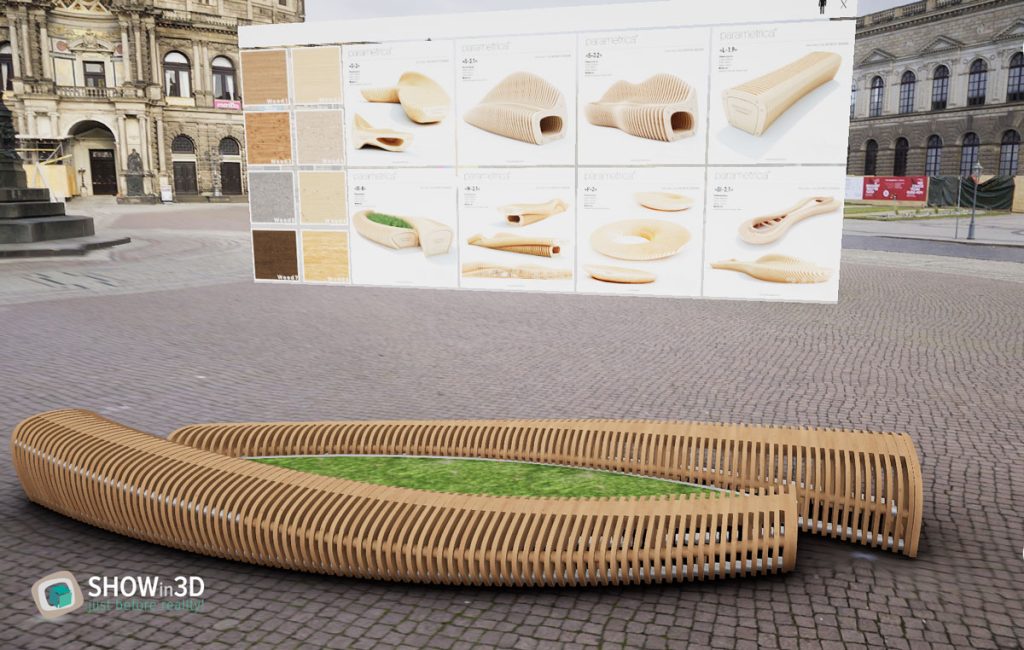
The fields where real-time 3D rendering can be applied are many. Listing them all would be difficult, but we can assure you that
Real-time 3D is definitely useful for your company even if you don't know it
Rely on SHIN software, a certified company, to analyze your company and find growth opportunities thanks to interactive 3D. Below is a market analysis commissioned by Epic Games.
- Learning (training)
- Medicine
- Architecture
- Mechanical
- Nautical
- Marketing e advertising
- Automotive
- Aerospace
- Retail, e-commerce
- Museums
- Stands
- Tourism and travel
- Forensics
- Defense
- …
Which of the following business imperatives would drive your organization to adopt real-time rendering solutions?
New concepts in real-time 3D rendering
Frame rate
The benchmark for “real-time” is generally defined as rendering at least 30 frames per second, although 60 frames per second is often considered the gold standard for smoother transitions and animations.
Despite the challenges related to intense computational demands, real-time 3D technology continues to advance, driven by ongoing improvements in hardware capabilities, software techniques, and a greater understanding of 3D modeling and rendering algorithms.
Rapid prototyping
Real-time 3D technology is revolutionizing design and prototyping in a wide range of industries, from architecture and industrial design to automotive and aerospace. This technology’s ability to create, test, and refine digital prototypes in a virtual environment before creating physical prototypes drastically reduces the time and costs associated with design changes.
83% of respondents in the architecture sector said they were able to reduce the need for physical prototypes or mockups thanks to real-time 3D technology.
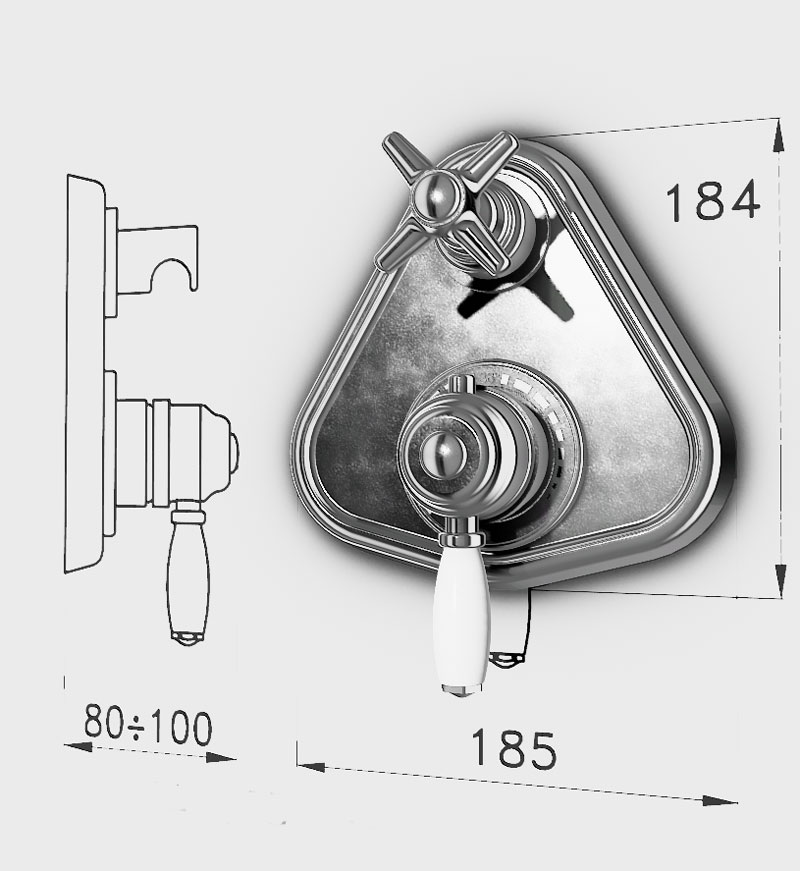
Immediate visualization and feedback allow designers to make rapid iterations, while the collaborative aspect of the technology enables designers worldwide to work simultaneously on the same model. Additionally, real-time 3D technology helps identify potential design issues early on, allows for more interactive project presentations to clients and stakeholders, and integrates well with other emerging technologies such as virtual reality, augmented reality, and artificial intelligence.
In particular, the technology’s ability to validate design and testing helps detect potential flaws before production, saving considerable resources. Furthermore, real-time 3D models can serve as effective training tools for assembly workers or as educational aids for end-users. As a result, adopting real-time 3D technology can accelerate the product development cycle, reduce costs, improve design quality, and provide a competitive advantage to companies.
Conclusions
Real-time 3D technology represents an unprecedented opportunity for professionals in various fields to revolutionize their workflows and improve efficiency. Thanks to real-time rendering capabilities, designers, architects, engineers, and creatives can now instantly visualize their projects photorealistically, enabling faster decision-making and iteration processes. The ability to visualize projects in real-time allows professionals to identify errors and make modifications on the spot, saving time and reducing costs associated with rework. Furthermore, real-time 3D opens up new possibilities for interactive presentations, virtual simulations, and augmented reality applications that can significantly enhance communication with clients and stakeholders. Adopting this cutting-edge technology can give professionals a competitive advantage in today’s fast-paced market, delivering high-quality results in record time.
Our real-time 3D solution
Discover more news
Augmented Reality (AR) in the Industrial Sector
Technology Augmented Reality (AR) in the Industrial Sector The role of industrial AR Augmented Reality (AR) is becoming increasingly important...
How does AR Augmented Reality work? For which companies is Augmented Reality with configurable products useful?
AR technology in companies How does AR Augmented Reality work? For which companies is Augmented Reality with configurable products useful?...
Applications of Oculus and VR headsets in Industry
Improve the shopping experience Applications of Oculus and VR headsets in Industry In recent years, Oculus and VR headsets have...

